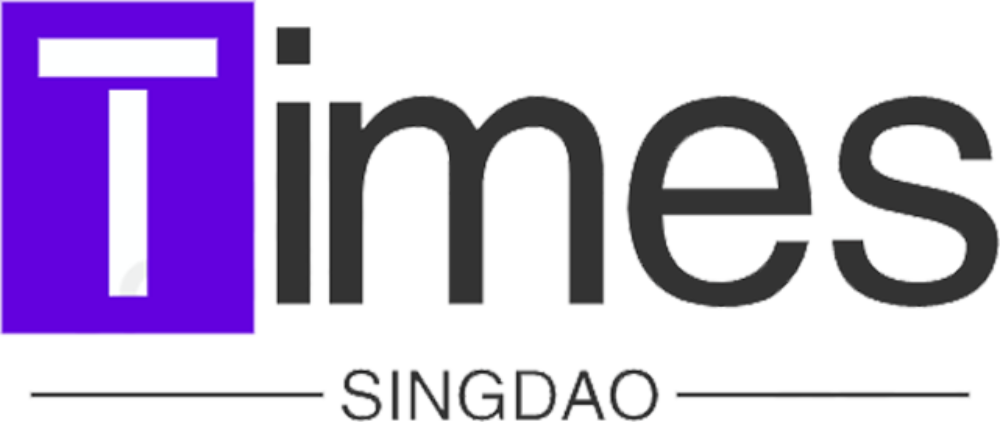by Jane Arronny (https://asiapresswire.medium.com/)
Crafting an effective press release is critical for companies to manage their brand reputation, especially when making major announcements, launching new products, or responding to impactful events. However, with the 24/7 global news cycle and rise of digital media, executing media outreach and press release distribution is more complex than ever.

This article will outline five key strategies for developing and disseminating corporate press releases across today’s media landscape to bolster brand image:
1. Lead with a Compelling Narrative
In our content-saturated world, establishing a persuasive narrative is essential for press releases to stand out. Before drafting copy, companies should identify their main announcement and translate it into a story that conveys significance. This narrative is what will hook reporters and resonate with target audiences.
Consider focusing the lead paragraph on answering “Why does this matter?” Draw readers in upfront by highlighting real-world implications, especially for major markets like Singapore, Hong Kong, Korea, Japan, Germany or the Arab region. Statistics, impact on categories like jobs or sustainability, and potential influence on consumers’ lives are all narrative devices that make announcements relevant.
2. Optimize for Search and Shareability
While strong narratives provide the foundation, optimizing press releases for online discoverability and engagement is now mission-critical for distribution success.
Start by emphasizing media outreach and press release keywords in headlines and text to improve organic search performance. Similarly, integrating links, images, videos and social sharing buttons makes content more interactive for digitally-savvy journalists. It also enables easier amplification across platforms like WeChat, Instagram or YouTube.
Evaluate search volume and trending topics on Google News or Yahoo Finance to identify strategic keywords by sector and location. This data should inform localization too – tailoring messaging for Singapore, Hong Kong, Korea or Russia based on what resonates there.
3. Segment Media Lists
Blanket-blasting releases to generic media lists is an antiquated practice today. Tailored outreach requires segmenting press by geography, industry and focus area for relevance.
Mass emailing top tech reporters globally about a chemical manufacturing acquisition in Taiwan, for example, will likely be ignored. Similarly, niche verticals like gaming or biotech have dedicated journalists.
Thorough media research and list building requires work but delivers exponentially higher engagement. PR teams can manually compile press lists or use online media databases. As with keywords, continually optimizing contacts by performance data also helps connect with best-fit outlets and journalists.
4. Make Content Camera-Ready
With newsroom resources stretched thin, reporters increasingly want camera-ready content requiring minimal editing before publishing.
Structuring press releases in an inverted pyramid style with core info upfront allows journalists to easily cut from bottom up. Summarizing key details in bullets or pull quotes additionally simplifies scanning for newsworthy nuggets.
For accompanying multimedia, make images, charts, video and audio embeddable or downloadable from links. Having standardized options with rights cleared and branded for different platforms eliminates added friction for time-crunched editors.
5. Analyze and Iterate
Just as with search optimization, actively monitoring outreach performance through press release analytics is now non-negotiable.
Media monitoring software tracks online news mentions and pick-up by reporters. Metrics like click-through rates on links and social engagements also showcase content resonance.
Evaluate metrics to double down on high traction areas and contacts. At the same time, use analytics to identify weak points whether certain messages or journalists generating little response. Continual testing ultimately helps improve media targeting and outreach efficiency over time.
Mastering New Media Dynamics
Promotional press releases may have lost influence, but strategic announcements and narratives credibly conveyed to engaged media remain very impactful for brand building.
However, realizing success requires adapting to today’s search-driven, platform-centric digital landscape. For comms teams overwhelmed by evolving best practices, specialized PR agencies or marketing consultants can provide outside expertise.
With proactive targeting, compelling messaging and tech-enabled analysis, corporate press releases can effectively cut through noise to shape brand reputation and bottom lines in markets across the globe. Leveraging these modern strategies moves beyond dated spray-and-pray communications to earn the quality media coverage and marketplace buzz that PR professionals pursue.








